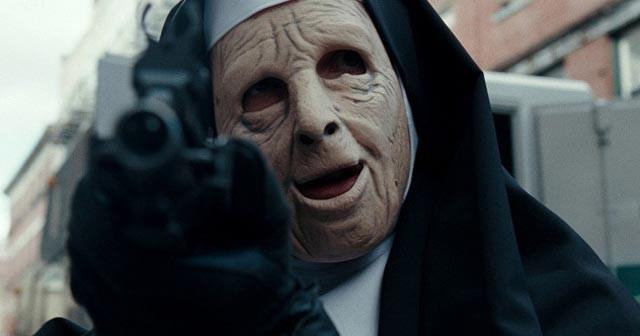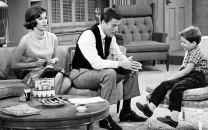Grisly items from London's criminal past to go on show for first time
The item range from death masks, pistols, wine bottles and many more

The item range from death masks, pistols, wine bottles and many more.
 PHOTO: DAILYMAIL
PHOTO: DAILYMAILUsually housed in a dark corner of the London police force's headquarters, the little-seen objects are from Scotland Yard's Crime Museum - sometimes known as the Dark or Black Museum.
They range from the death masks of executed prisoners and an unexploded bomb planted by Irish nationalists at Paddington train station in 1884 to champagne and wine bottles recovered from the hideout of the gang behind the 1963 Great Train Robbery.
 PHOTO: DAILYMAIL
PHOTO: DAILYMAIL"What we do not want is something that's a kind of macabre police version of going to the London Dungeon. That is not what this is about," London police Assistant Commissioner Martin Hewitt said.
"Every one of these cases involves real people and real people's lives."
The Crime Museum was set up by officers in 1875 as an educational tool for detectives, and since then has only been open to police officials and occasional special guests such as King George V, illusionist Harry Houdini and Sherlock Holmes author Arthur Conan Doyle.
But from October, about 600 objects will feature in a six-month exhibition at the Museum of London. They include a pistol used in an assassination attempt on Queen Victoria in 1840 and a burnt-out laptop recovered from the 2007 attempt to ram Glasgow Airport with a fuel-laden jeep.
 PHOTO: DAILYMAIL
PHOTO: DAILYMAIL Also among the exhibits will be the gloves used by serial killer John Haigh, who dissolved his victims in a tub of sulphuric acid, and objects relating to Dr Hawley Crippen, the U.S. homeopath hanged for the murder of his wife.
"No exhibition about crimes in London would be complete without objects from the Jack the Ripper case," curator Julia Hoffbrand said.
They include notes written by the detective leading the hunt for the 19th-century serial killer, in which he names Polish immigrant Aaron Kosminski as the main suspect.
Less well-known are the masks, made out of stockings, which were worn by two brothers hanged after becoming the first criminals in Britain to be convicted on fingerprint evidence.
Not everything in the collection is to go on public display. The tiny ricin-filled pellet used on the tip of an umbrella to kill exiled Bulgarian dissident Georgy Markov on Waterloo Bridge in 1978 will not be included, because the police investigation remains open.



















COMMENTS
Comments are moderated and generally will be posted if they are on-topic and not abusive.
For more information, please see our Comments FAQ